#Mugler x H&M
Photo


Mugler x H&M | model Sora Choi | Mugler x H&M collab Spring 2023
224 notes
·
View notes
Text
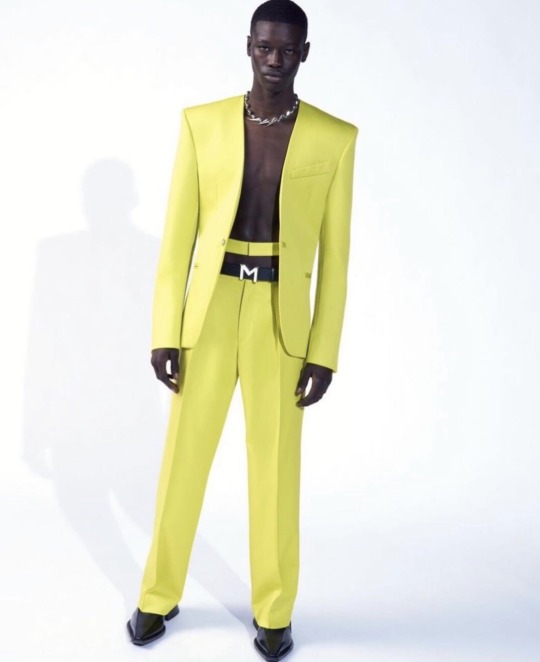
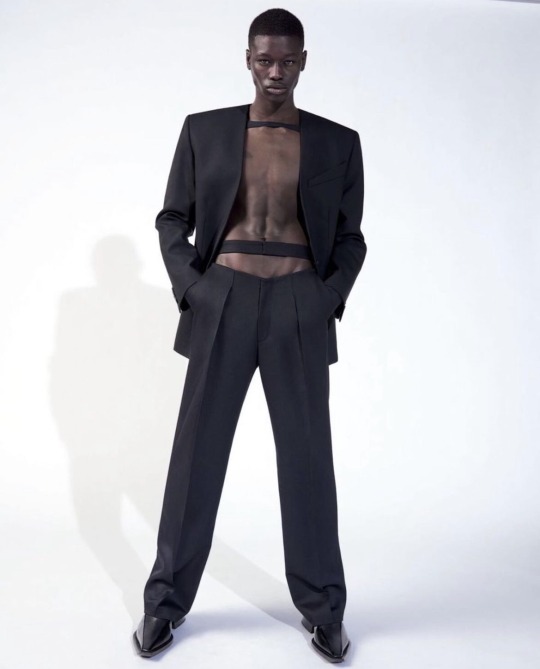

MUGLER X HM 2023
www.beau-gar.tumblr.com
#mugler x h&m#black man#black model#handsome#spring 2023#menswear#fashion#blackmalemodel#menswearfashion#thierry mugler#male model#mensfashion#black models#men's fashion#styleinspiration#street style#gq style#style#styleoftheday#mens style#styleblogger
21 notes
·
View notes
Photo

(vía Mugler y H&M presentan oficialmente (y al completo) su colección cápsula para este 2023)
17 notes
·
View notes
Text
MUGLER X HM
Check the fit i create ⚔️🦇🪽🩶
6 notes
·
View notes
Text

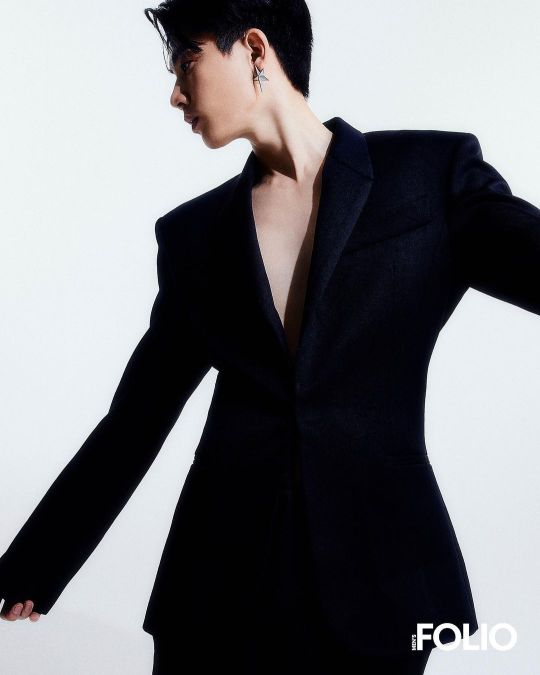


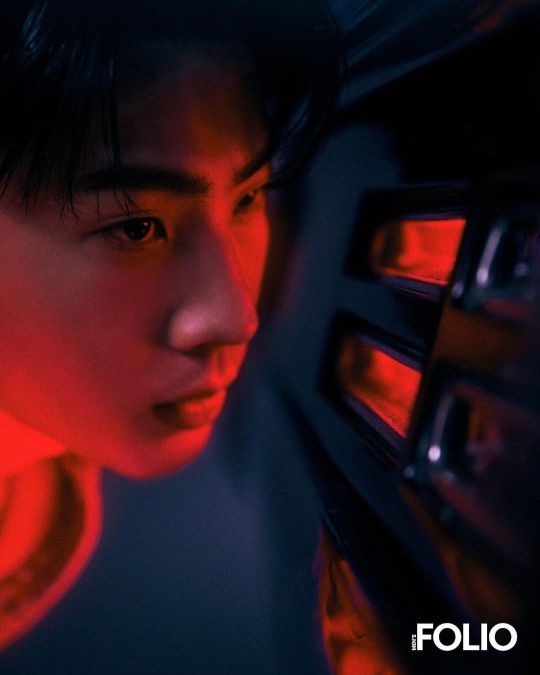
MensFolioMy x Off Jumpol
#offgun#off jumpol#HOT DAMN#unholiness off the charts#MensFolioMyxOffJumpol#mens folio magazine#may 2023#brand: mugler x H&M#thai bl actors#gmmtv#off jumpol slaying looks
38 notes
·
View notes
Photo


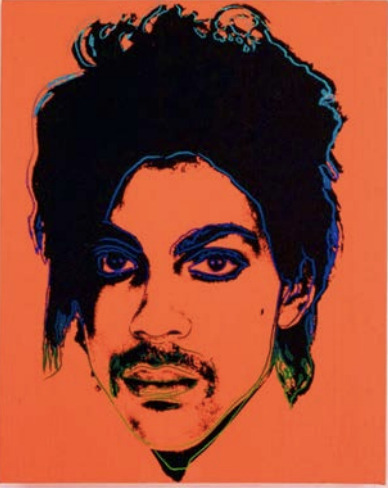

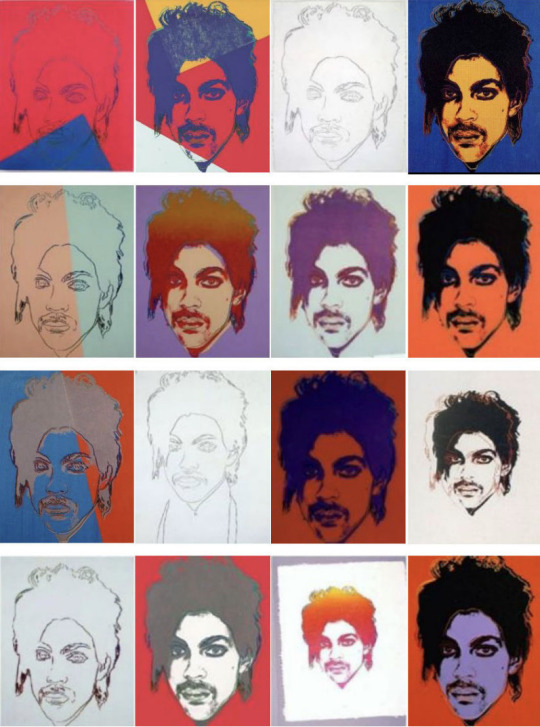
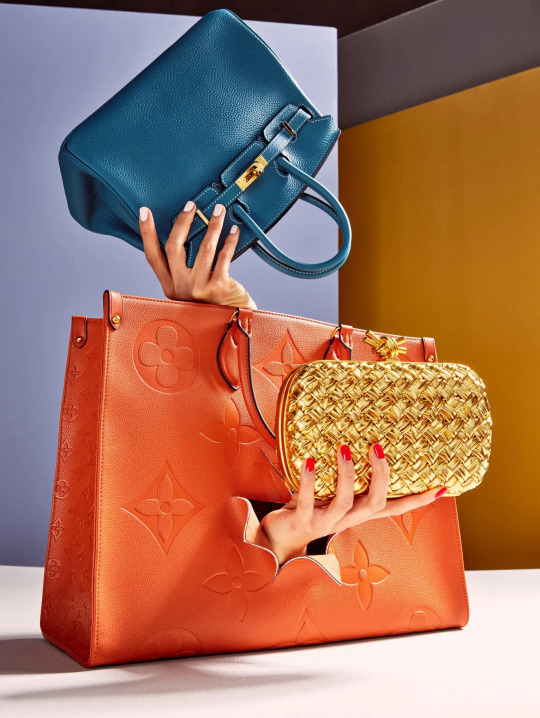
What’s Fake and what’s Real when everything can be Licensed?
The Pros and Cons of Storytelling when Design Dupes and Authenticity Exist in a Heritage Universe
Every time I am in Florence, I stop by the Gucci Garden. I still remember when it was the Gucci Museo and I revel in traveling through the halls and remembering what is used to be, as a museum, and seeing the differences now that it is a meditation on Gucci advertisements (or at least it was the last time I was there… time for another visit post- Alessandro Michele’s tenure!). One of my favorite rooms in the Gucci Garden is the Gucci Collectors Room, where shoes, clocks and butterflies, among other things, are piled in a room of mirrors, multiplied, and reproduced as far as the eye can see. On the right side of the room, one of seemingly a million on the shelves of Gucci shoes, are a pair of Gucci sneakers designed by Alessandro Michele with the word “FAKE” on one of them. Part of the Fake Not collection, in the context of the Gucci Garden and the Gucci Collectors’ room, the shoes are a canvas on which to paint theories and answers to questions about how we decide what is a fake, how we conceive of authenticity as a concept, and what role illicit takings, of intellectual property or of other creative practices or products, have on our understandings of what is real/fake, authentic/inauthentic, appropriated/shared or given.
A central shade of paint (if we continue with this artistic metaphor…) to use in these theories and answers is heritage, which includes the stories we share about the origins of a product like a “FAKE” Gucci shoe and the associations we have between these stories and other origin stories, other products, and other creative processes. In other words, thinking of the “FAKE” Gucci shoe as fake or real, authentic or inauthentic, depends very much on how much we know about the product and who has authorized its production, and what that has to do with the history and ideas behind the Gucci brand. What is fake and what is authentic has much to do with the stories we tell ourselves, the facts we use to inform those stories, and the role we assign to brands, communities, and individuals in those stories. And as brands increase their culture share (in part by increasing their market share beyond their main product lines), the stories brands tell us about their various products and initiatives seems to be expanding our understanding of what is not a fake and, therefore, the breadth of what can be considered real or authentic. Counterintuitively, expanding the universe of possible collaborations through a norm of authenticity seems to be narrowing the world of fakes while, at the same time, undermining why we care about a fake in the first place.
The role of heritage storytelling to disrupt as much as reinforce traditional divides between what is fake or real in fashion has recently been on display in the Thierry Mugler H&M collection. Casey Cadwaller, Mugler’s Creative Director, was quoted as saying, “We did some things with H&M that we can’t do at Mugler, to pavé the crystals on the Lycra really, really close together to make it really decadent and really beautiful—and for such great value.” At the same time, the collaboration builds on Mugler’s design DNA, with “signature Mugler looks, including several archive remakes.” Pieces in the Mugler x H&M collaboration are decidedly different from and yet the same as their haute couture counterparts created by the Mugler brand. What unites these two different products is their common origins, both from a storytelling point of view and an origin/producer point of view (and here I’m making a Dastar distinction- origin in a trademark sense versus origin in a copyright sense). Mugler may have licensed its MUGLER trademark to H&M and, if it has a copyright in any designs that are separable and original, may have also licensed those designs, although Caldwell’s close involvement and the dynamic identification of which designs to include suggests a more collaborative design services-like agreement as part of the collaboration, in addition to any rights created by the MUGLER x H&M logo. But what is fundamental to the success of the collaboration is not simply a recognition by consumers that MUGLER produced the MUGLER x H&M products alongside H&M, that MUGLER is the source of these products. Rather, what also matters is the story Caldwell and Mugler, together, tell- of an inclusive brand embarking on a design project that is a continuation of their house codes and DNA, rather than a “sell-out” or the production of a lesser, “less-real” line. This storytelling has been crucial to the success of collaborations between H&M and high fashion brands ever since Karl Lagerfeld broke ranks and created the first maastige line for H&M (see the legendary commercial here). Lagerfeld’s pronouncement that “It’s all about taste, if you are cheap, nothing helps” might have been the bell that tolled the advent of storytelling, curation and heritage as the differentiator between real fashion and fake fashion. What matters is not who is making the actual product but whether that product is embraced as part of a brand’s wider story, history, and values.
And this may be one reason why design dupes (or “superfakes” as they were recently termed) are both so popular and so dangerous. Superfakes are created in ways that are not authorized by a brand’s storytelling and are, at the same time, endorsed by members of communities who are the prime targets of that storytelling- the aspirational customer who, instead of waiting in line at H&M, buys a fake bag. If we don’t care about the story that surrounds the product, if we don’t care about all the intricacies that make that product belong, in our minds, to one brand over another, to an authentic world and not to an inauthentic or fake one, then what do we care about?
We might, in fact, only care about use, in all the pesky ways that that word communicates function over form, utility over meaning, and the tangible over the intangible. And if we only care about use then we might elide or overlook many of the foundational aspects of creation and storytelling that make that use possible in the first place. In other words, brands’ emphasis on storytelling to authenticate products made in collaboration with fast fashion brands like H&M might lead consumers to doubt the legitimacy of the story and feel that one Mugler cutout top is as good as the same cutout top made by another fast fashion producer without Mugler’s approval. Both products, in their sameness, can be used in the same way: like a bag and its superfake, both products can clothe the wearer and communicate an association with Mugler’s design aesthetic and values. But by emphasizing this particular use and its sameness, consumers also build a definition of use on the very parts of the storytelling they seek to abandon. Consumers’ particular use is built on the intangible symbolism and messages of the bag that are made and fundamentally shaped by storytelling, and the heritage universe, even an expansive one, in the first place.
And it is here that I take the liberty of digressing to the recent Warhol case and the different uses (and their purpose and character) at issue in the majority’s opinion (the licensing use, the use of “depicting Prince in a magazine commemorating his life and career”) and the dissent’s opinion (the appropriation use by Warhol, the first use that makes the choice of a Warhol over Goldsmith’s portrait one of conveying fundamentally different meanings about Prince and not just a choice to simply depict Prince). In disagreeing over whether the licensing of the Goldsmith photo and the Warhol photo shared the same objectives (and by extension, whether the Court would succeed in the “magazine business” or whether it should even take art historical references into account), the majority and the dissent are, in a world parallel to the fashion world - art- disagreeing over the role of the predicate use. In other words over the weight we should give to the story that precedes and informs the creation of works that can serve the same overarching uses. Much as we can see the magazine editors’ choice between the Goldsmith and the Warhol as one about serving a general purpose to commemorate Prince, so we can see consumers’ choice between a real and a fake bag as fundamentally about a general purpose of carrying items around or clothing themselves. But these choices, like the choice of a Goldsmith or a Warhol, are still predicated on the meanings and aesthetics of the work or the bag, as a first matter. The challenge is, when it seems as though any work and any logo can be licensed to serve any purpose the brand chooses, for any meaning the brand says, for any heritage story the brand tells, how can we differentiate the real from the fake, the authentic from the inauthentic, and the appropriated from the freely given?
It may be for this reason that the majority in Warhol turns away from art history books and art criticism to objectivity and to the facts culled from the magazine editors’ own choices. But art historians and critics are meant to find the facts and provide the objectivity on meaning that combats the slippery slope of meaning-making imagined by licensing. As Robin Givhan recently said in other words, being part of the fashion ecosystem can often compromise that objectivity and fact-finding. At its heart, the storytelling in heritage is supposed to be about objectivity and facts, and, as licensing increasingly becomes a part of the fashion heritage story, it might be particularly important to consider what role that objectivity and fact-finding can have for the benefit of real/fake and authentic/inauthentic fashion.
References and Further Reading
https://hypebeast.com/2020/10/gucci-fake-not-collection-lookbook
https://papers.ssrn.com/sol3/papers.cfm?abstract_id=2302696
https://papers.ssrn.com/sol3/papers.cfm?abstract_id=3206830
https://papers.ssrn.com/sol3/papers.cfm?abstract_id=4222455
https://www.businessoffashion.com/articles/luxury/culture-is-the-new-luxury-golden-goose-ceo-unveils-strategy-for-brands-next-chapter/
https://www.businessoffashion.com/news/retail/hm-teams-with-mugler-for-latest-high-low-collaboration/
https://www.vogue.com/article/at-the-hm-mugler-show-a-powerful-display-of-fashion-music-and-community
https://www2.hm.com/en_us/life/culture/inside-h-m/mugler-hm-announcement.html
https://www.nytimes.com/2023/05/04/magazine/celine-chanel-gucci-superfake-handbags.html
https://supreme.justia.com/cases/federal/us/539/23/#tab-opinion-1961287
Managing Fashion and Luxury Companies by Stefania Saviolo & Erica Corbellini
https://www.supremecourt.gov/opinions/22pdf/21-869_87ad.pdf
https://www.interviewmagazine.com/fashion/robin-givhan-on-the-state-of-fashion-criticism-in-2023#:~:text=GIVHAN%3A%20I%20think%20that%20journalists,to%20the%20tenets%20of%20journalism.
https://exhibitions.fitnyc.edu/faking-it/
Images:
https://www.supremecourt.gov/opinions/22pdf/21-869_87ad.pdf
https://www.nytimes.com/2023/05/04/magazine/celine-chanel-gucci-superfake-handbags.html
Gucci Garden © Felicia Caponigri
#warhol case#copyright#trademark#fashion brands#fashion heritage#superfakes#design dupes#art and fashion#fashion culture#muller x h&M#H&M#mugler#robin givhan#gucci#alessandro michele#not fake
0 notes
Text
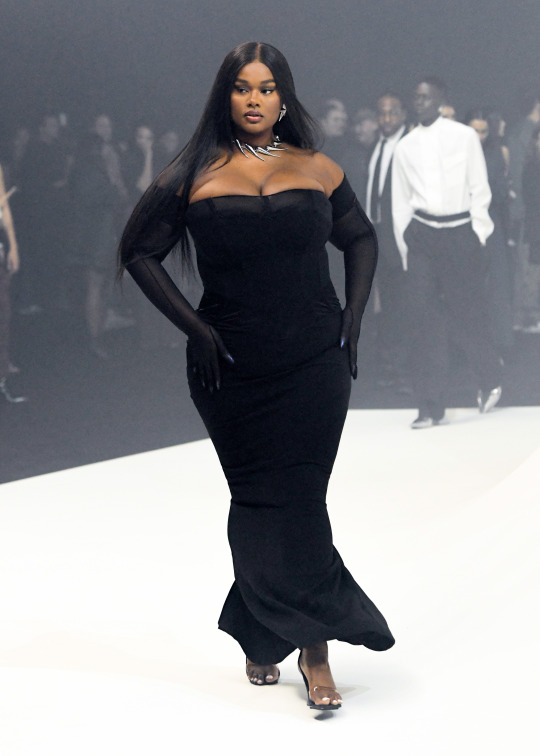

Precious Lee at H&M x Mugler Global Launch
2K notes
·
View notes
Photo

Everett Williams for H&M x Mugler
https://www.instagram.com/everettwilliams/
892 notes
·
View notes
Photo

(vía Mugler y H&M presentan oficialmente (y al completo) su colección cápsula para este 2023)
8 notes
·
View notes
Photo

H&M X Mugler - Imaan Hammam & Sora Choi by Carlijn Jacobs
189 notes
·
View notes
Text
firstly 😂 Tong calls them MileApo too. they are That Couple you refer to as a set
Mile talks about Kinn and Porsche's intentions in the epsiode 7 bathroom scene during THC.
Kinn wants to win and it's a scene of revenge with mixed emotions... (sex solves relationship problems when you are bad at words 🤣)
In the second clip which was chronically first, Mile is describing what scene the kids chose and Apo is looking down and shy. The bed referenced is about the surprise element they threw in (the kids had Kinn's bedroom as the backdrop instead of the bathroom)
they were so beautiful in this episode.
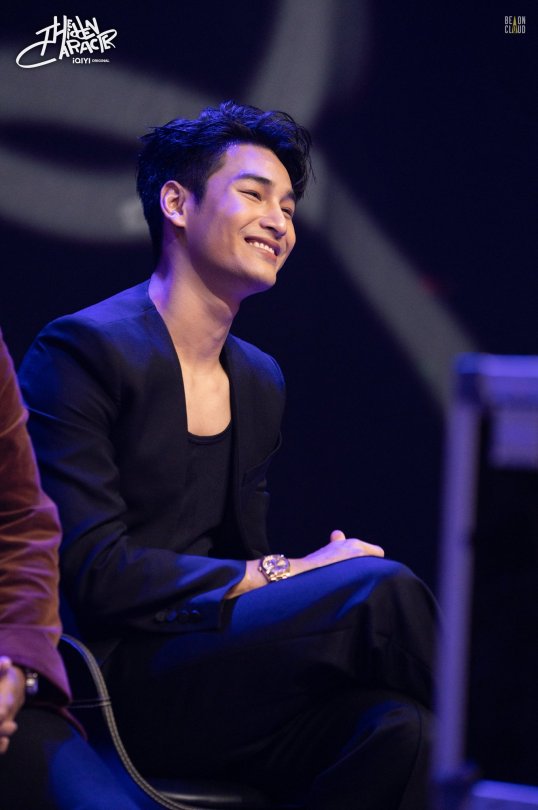
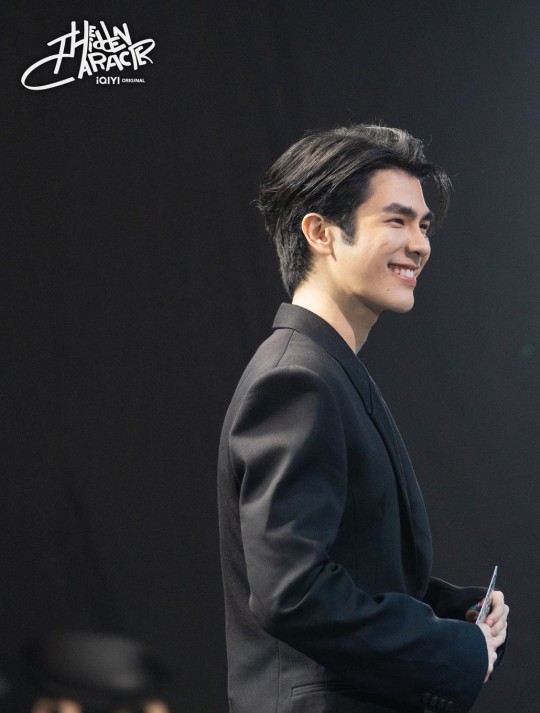
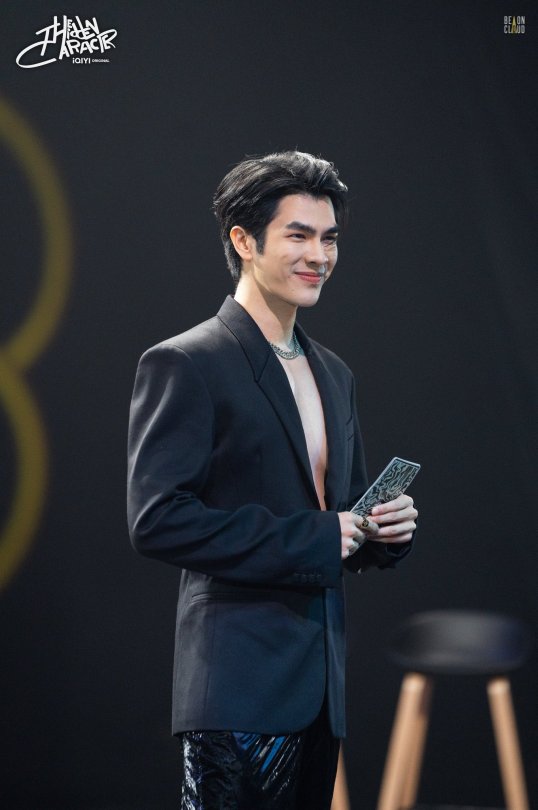

closet wizard id'd their outfits to be from the new Mugler x H&M collection. 😂 not even a couple event and they have couple outfits. well done to their stylist 😘🤩
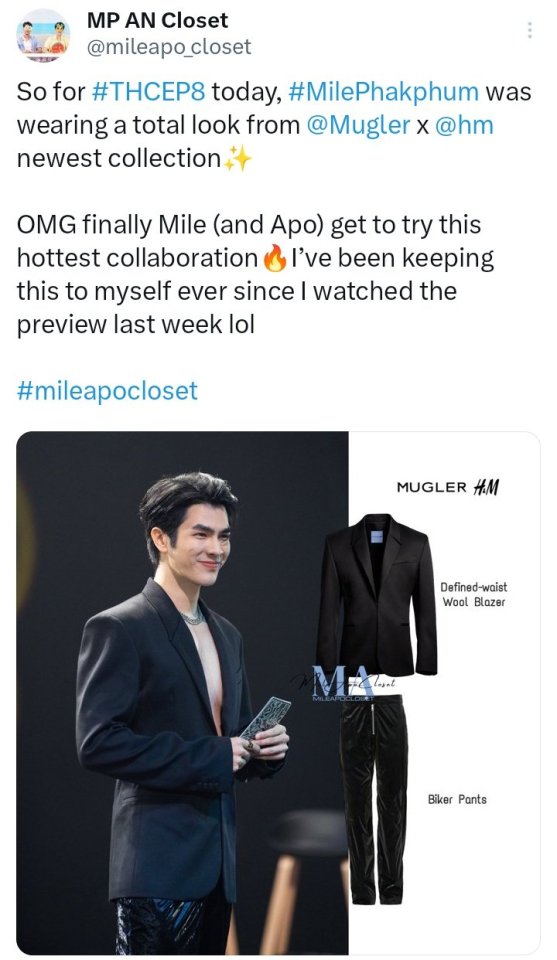

afterwards they be flirting on Twitter 😭 (translation by Irene)
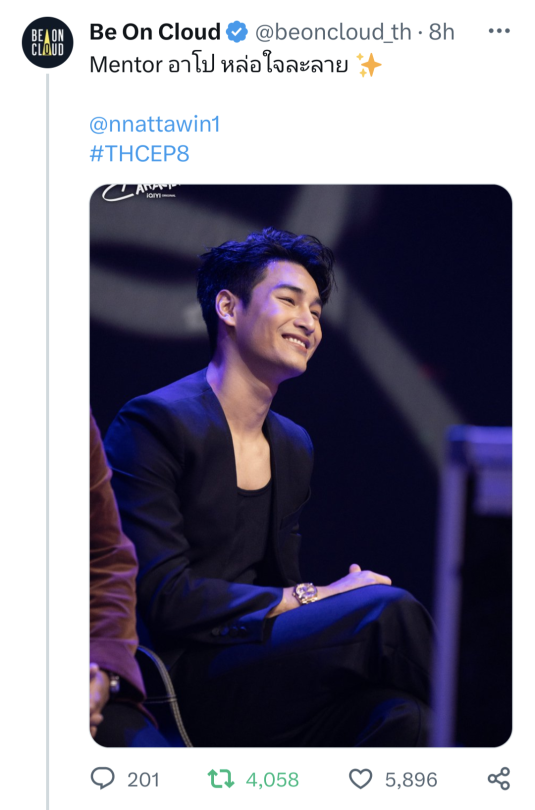


they figured out to con us into watching so Apo will be back again next week 🥲
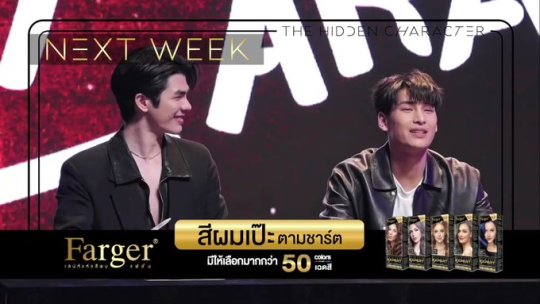
#kinnporsche#mileapo#mile phakphum#apo nattawin#the hidden character#mile x THC#boyfriend behavior#kinnporsche meta#as written by#people who absolutely disrespect the single people community#couple coordi
109 notes
·
View notes
Text


Precious Lee at H&M x Mugler Global Launch
15 notes
·
View notes





